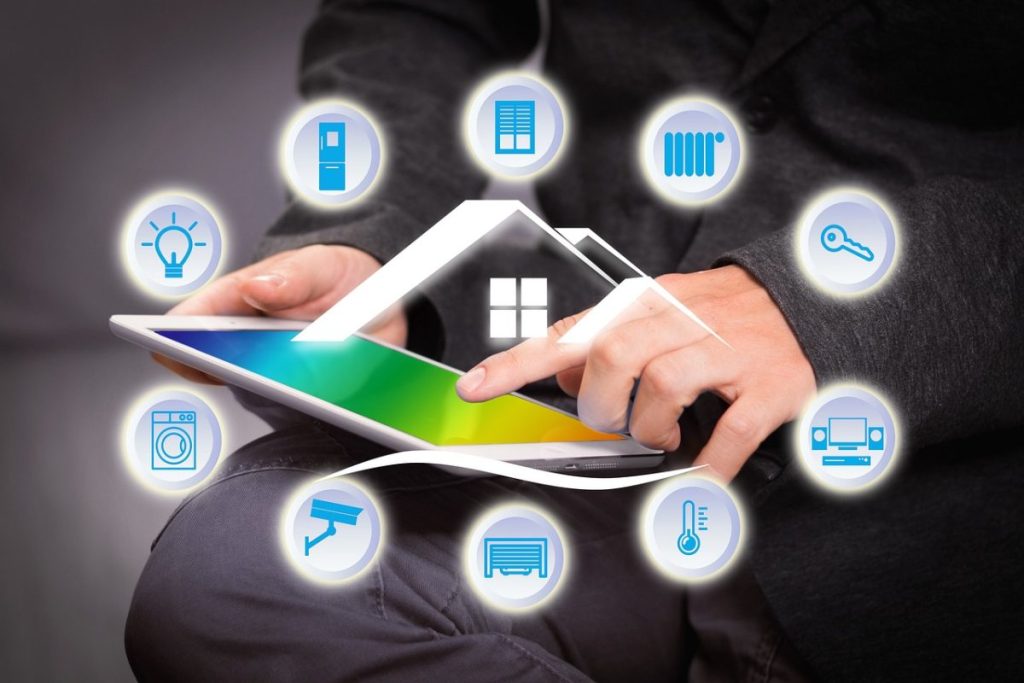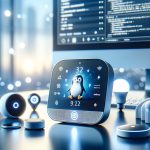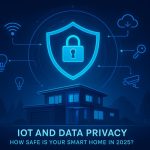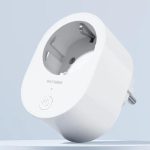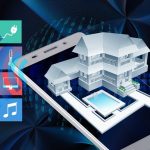The Internet of Things (IoT) is a rapidly growing network of interconnected devices that communicate and share data to enhance convenience, efficiency, and innovation in our daily lives. From smart thermostats and fitness trackers to industrial sensors and autonomous vehicles, IoT is transforming how we interact with technology. But how does IoT actually work? In this article, we’ll break down the basic components and processes that make IoT possible, giving you a clear understanding of this fascinating technology.
The Building Blocks of IoT
At its core, IoT is about devices communicating with each other and the internet. Here are the key components that enable this:
1. Sensors and Actuators
- Sensors: These devices gather data from the environment, such as temperature, motion, light, or humidity. For example, a smart thermostat uses temperature sensors to monitor a room’s climate.
- Actuators: These devices perform actions based on received data, like turning on a fan when the room gets too warm.
2. Connectivity
IoT devices rely on various communication protocols to transmit data. Common options include:
- Wi-Fi: Ideal for devices requiring high data transfer, such as security cameras.
- Bluetooth: Used for short-range communication, like fitness trackers.
- Zigbee and Z-Wave: Low-power protocols commonly used in smart home devices.
- Cellular (e.g., 4G, 5G): Suitable for wide-area coverage, like connected vehicles.
- LoRaWAN: Designed for long-range, low-power IoT applications in agriculture or industrial settings.
3. Data Processing and Edge Computing
Once data is collected, it needs to be processed. This can happen:
- Locally (Edge Computing): The device itself or a nearby hub processes the data to reduce latency.
- In the Cloud: Data is sent to remote servers for more complex processing and storage.
4. Cloud Infrastructure
The cloud acts as the central hub where data is stored, analyzed, and accessed by other devices or applications. Services like Amazon Web Services (AWS) IoT Core or Microsoft Azure IoT Hub are commonly used for this purpose.
5. User Interface (UI)
Users interact with IoT devices through apps, voice assistants, or web dashboards. These interfaces allow control, monitoring, and automation of connected devices.
How IoT Devices Communicate
IoT communication typically follows a simple process:
- Data Collection: Sensors gather data from the environment.
- Transmission: Data is sent via the chosen communication protocol to a processing unit or the cloud.
- Processing: The data is analyzed to derive actionable insights.
- Action: Based on the analysis, an actuator may perform a task, or the user is notified via the interface.
For example, a smart irrigation system’s sensors might detect soil moisture levels. If the soil is too dry, the system can activate the sprinklers, ensuring optimal watering.
The Importance of Protocols and Standards
To ensure seamless communication between devices, IoT relies on standardized protocols. Matter, a universal IoT standard, is gaining traction for enabling interoperability across ecosystems like Amazon Alexa, Google Home, and Apple HomeKit.
Real-World Applications of IoT
- Smart Homes: Devices like smart thermostats, doorbells, and lights enhance convenience and energy efficiency.
- Healthcare: Wearables track health metrics and send alerts to doctors in real time.
- Agriculture: Sensors monitor soil, weather, and crop health to optimize farming practices.
- Transportation: Connected vehicles communicate with infrastructure to improve traffic flow and safety.
- Industry 4.0: Factories use IoT for predictive maintenance and improved operational efficiency.
Challenges and Future Prospects
While IoT offers incredible opportunities, it also comes with challenges, including:
- Security and Privacy: Ensuring data is protected from cyber threats.
- Energy Efficiency: Developing low-power devices for prolonged use.
- Scalability: Managing the growing number of connected devices worldwide.
The future of IoT lies in advancements like AI integration, enhanced connectivity with 5G, and the widespread adoption of standards like Matter, which will make devices even more intuitive and interconnected.
Final thoughts
Understanding how IoT works is the first step in appreciating its transformative potential. By combining sensors, connectivity, data processing, and user interfaces, IoT creates a seamless network of devices that make our lives more convenient and efficient. As the technology continues to evolve, its applications will expand, offering even greater opportunities for innovation and connectivity. Whether you’re just exploring IoT or considering implementing it in your home or business, the possibilities are endless.
- Designing a Smarter Home in 2026: What People Get Wrong About AutomationSmart homes were once science fiction, but today they’re a reality in millions of households. With voice assistants, smart plugs, and automated lighting systems, it’s easy to assume home automation is simply a matter of plugging in a few devices. Yet, many homeowners quickly discover that “smart” doesn’t always mean simple. In this article, we’ll…
- Automated Online Trading: How IoT is Redefining Financial MarketsIntroduction automated online trading In a world where milliseconds can decide millions, the fusion of Internet of Things (IoT) technology and automated online trading is reshaping global finance. What once relied solely on human judgment now increasingly depends on connected machines, real-time data, and predictive algorithms. From weather sensors influencing agricultural trades to smart logistics…
- The Role of Linux in IoT: Powering the Connected WorldThe Internet of Things (IoT) is everywhere—from smart homes and wearable devices to industrial automation and self-driving cars. Behind the scenes, one operating system plays a surprisingly dominant role: Linux. Known for its stability, flexibility, and open-source nature, Linux has become the backbone of countless IoT devices and platforms. But what makes Linux so well-suited…
- The Smart Home Revolution in 2025: How IoT is Transforming Everyday LivingIn the past decade, the vision of a truly smart home has moved from futuristic fantasy to everyday reality. As we step into 2025, the Internet of Things (IoT) has matured into a robust ecosystem, connecting appliances, security systems, lighting, and even entertainment devices under one seamless digital roof. The result? Homes that are safer,…
- IoT and Data Privacy: How Safe Is Your Smart Home in 2025? – IoT SecurityThe smart home revolution has made everyday life more convenient than ever. From voice assistants that control the lights to security cameras that send alerts directly to your phone, connected devices have become part of our daily routines. But with this convenience comes an important question: how safe is your personal data in a world…
